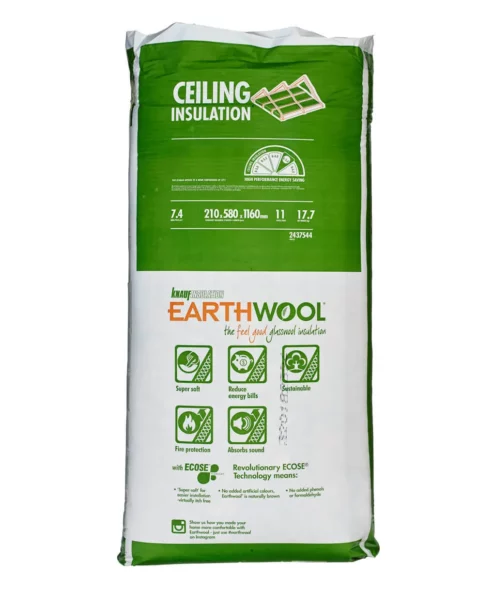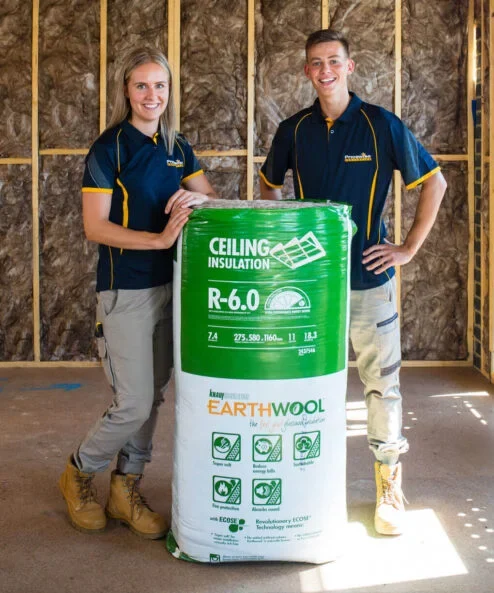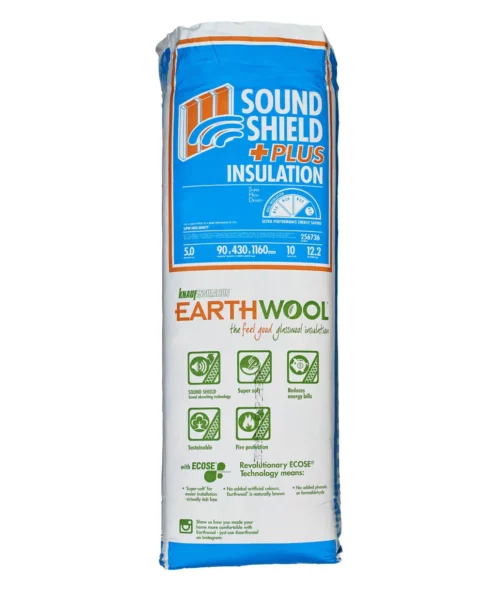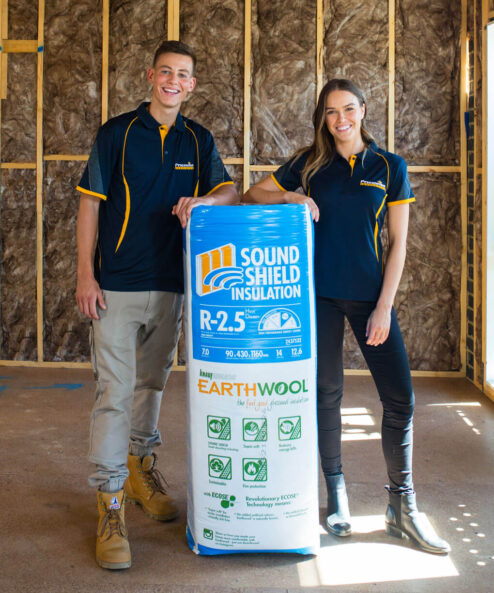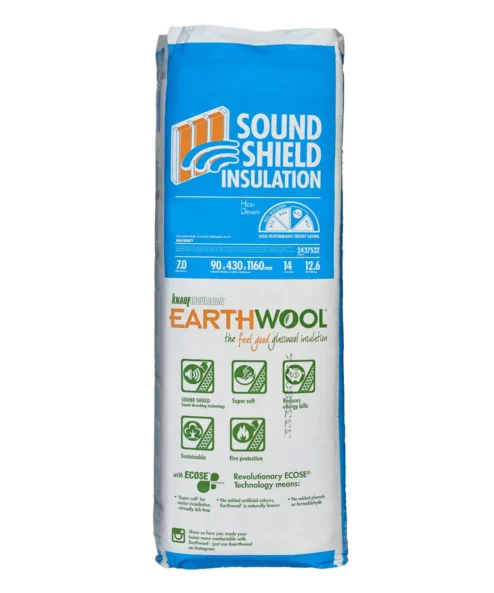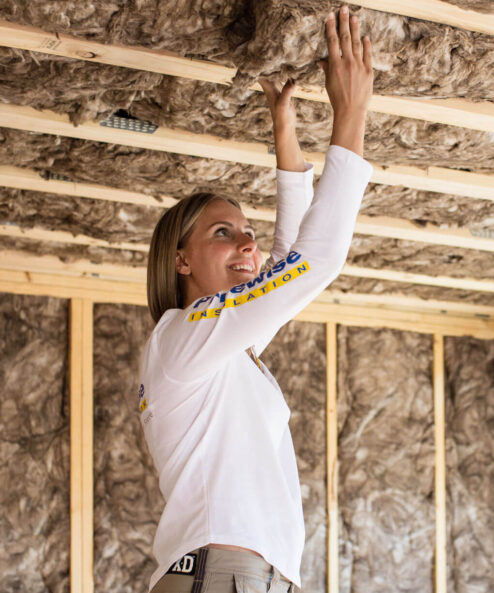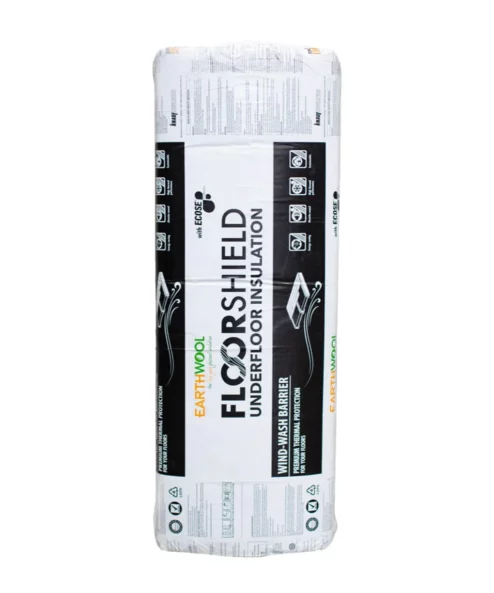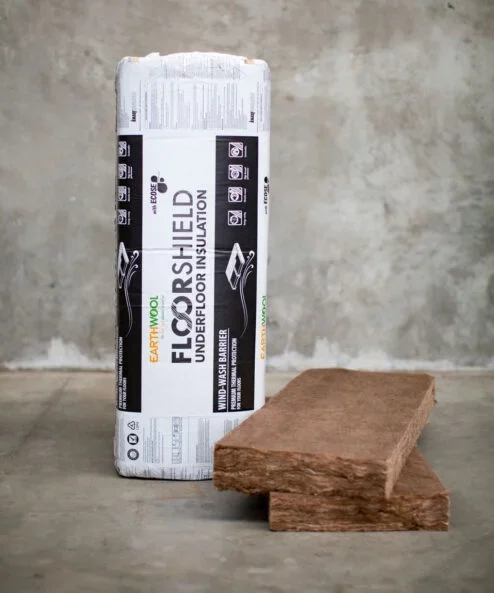Insulation Tips
Improving Air Quality for the Indoor Generation
According to the Environmental Protection Agency in North America, the concentration of certain air pollutants can be much higher indoors compared to what it is outside. Considering the increasing time spent indoors by an “inside generation”, this is not ideal.
Air Pollution Much More Potent Indoors
The EPA says that “concentrations of some pollutants indoors are often two to five times higher than typical outdoor concentrations.” The agency also describes the vulnerability of infants, the elderly and people who have cardiovascular or respiratory diseases, since these groups of people typically spend a lot of time indoors.
Addressing the Needs of an Indoor Generation
Head of Nuffield Laboratory at the UK’s Oxford University, Russell Foster is quoted in the report by data analysis agency YouGov and Velux as saying “From the year 1800 to 2000 we’ve moved from 90% of people working outside to less than 20%. We’ve gone from being an outdoor species to spending most of our time in dim, dark caves.”
Planet and People released a new World Green Building Council report, “Doing Right” earlier this year which said that “the biggest economic benefits are realised when impacts to the environment and people are addressed jointly from the start of building design and a clear direction to achieve key metrics such as improving air quality without sacrificing energy efficiency is set. Employees prefer and work best when they are in spaces with ample natural light, good air quality and access to greenery.”
Warmer in Winter and Cooler in Summer
Without a good building design and an adequate level of thermal insulation, buildings are unable to retain their warmth in winter or keep cool in summer, unless of course heating and cooling systems are running excessively. However, while these may be able to maintain the desired temperature, it comes at a cost, both in terms of environmental impact, financially and health wise. Employees, students and householders may struggle with fatigue, itchy eyes, skin irritation, not to mention reduced levels of concentration and productivity.
Installing Ceiling, Wall and Underfloor Insulation
By installing the external insulation correctly, so that the ceiling, wall and underfloor insulation meet, a blanket effect can be achieved resulting in an even higher thermal performance. This is known as a thermal envelope and essentially creates a more stable temperature indoors without excessive use of heating and cooling systems.
Improved Air Quality with ECOSE Technology Binder
Since 2009 Knauf Insulation has been using the ECOSE Technology Binder developed for its Earthwool products. As there is no formaldehyde or phenols used in the manufacturing process for Earthwool, it also improves the indoor air quality of buildings where these products are installed compared to conventional fibreglass insulation. The ECOSE method is certified by Eurofins Indoor Air Comfort Gold as an “outstanding material” in accordance with VOC and Indoor Air Quality Emissions certification. They are also certified A+ best in class under the French VOC Label for emissions of pollutants at source.




